Make plans to join us next Wednesday, March 20 at the State Capitol for Ag Day 2019! Our theme this year is 100 years of agriculture leadership – a centennial celebration! The grounds will be open to the public from 11:30 am to 1:30 pm.
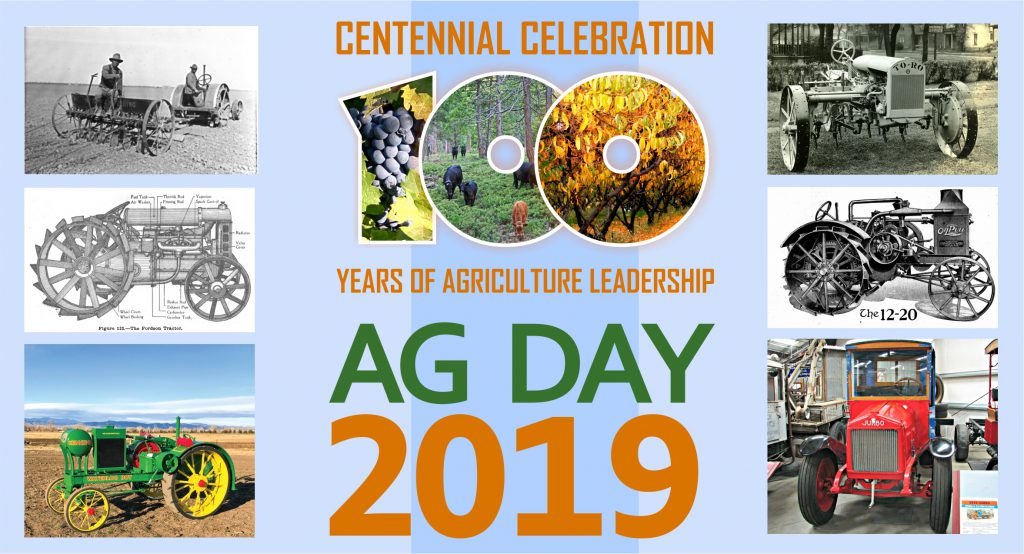

Make plans to join us next Wednesday, March 20 at the State Capitol for Ag Day 2019! Our theme this year is 100 years of agriculture leadership – a centennial celebration! The grounds will be open to the public from 11:30 am to 1:30 pm.

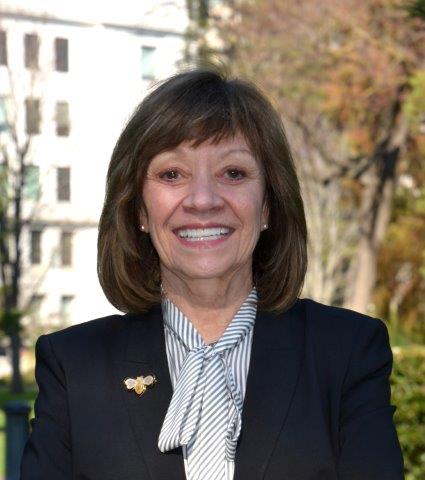
Op-ed by CDFA Secretary Karen Ross
A farm is a great teacher.
Like so many rural kids, my education was augmented and illustrated on my family’s farm in western Nebraska. Bottle-feeding calves to ensure proper nutrition, timing wheat-planting around rainfall, rotating fields for soil health, and knowing all too well that we were at the mercy of weather and drought. These are lessons that last a lifetime, lessons that I carry with me as Secretary of the largest ag state in the country; and lessons that remind me, at a time when our farmers and ranchers are affected by climate change, that we in agriculture have the power to help restore balance to our changing climate.
That’s why I’m heartened by the leadership of Speaker Nancy Pelosi on this pre-eminent issue – by creating a new House Select Committee on the Climate Crisis. In announcing the panel members Speaker Pelosi said, “I want everybody to be in on the act because this is deadly serious from the standpoint of health, security, economics and morality.” She understands that time is short, and that action is needed by all of us – in urban and rural communities.
Yes, this is an opportunity to shift the national conversation away from its focus on the “rural-urban divide” to instead recognize our strong rural-urban connection to each other and the critical role that our natural lands, forests, and working lands on farms and ranches can play in drawing down carbon. And by drawing down carbon in our soils, trees, grasses and shrubs, we also provide food, fiber and timber; and we enhance biodiversity and open space for recreation and tourism.
The impacts of climate change are already being felt in agriculture. In California we have experienced loss of winter chill – crucial hours needed for our orchards and vineyards to maintain winter dormancy. The most recent drought of 2011-17 in California resulted in more than a half-million of acres of farmland fallowed in some years. And changes in precipitation affect grass growth for livestock. These all affect our $50-billion industry.
Yet in California and around the county, farmers and ranchers are innovating climate-smart solutions. My friend Jimmy Emmons in Oklahoma has been trailblazing healthy soils practices on his farm by planting cover crops to revitalize soil; corn growers in the Midwest are practicing conservation and no-till; and, and here in California ranchers like the Stone Family in Yolo County have been applying compost and practicing prescribed grazing to build perennial grasses that build soil health and drought resiliency. I take great joy in talking with my brother, who farms our family land in western Nebraska, as he has adopted these kinds of practices over the last decade.
Agriculture and natural and working lands across rural America are an important part of our climate solution. California took bold action by setting a goal for carbon sequestration as part of our climate portfolio and just last month released a Natural and Working Lands Strategy to store carbon in our trees, shrubs, grasses and soils.
Why are soils so important? They are the largest storage source for terrestrial carbon. They can store water to help mitigate drought and reduce erosion.
California is supporting farmers in sequestering carbon as part of a comprehensive program to foster healthy soils, which are essential to sustainability. At the Global Climate Action Summit in September 2018, California launched a Global Soil Health Challenge in partnership with France, the Netherlands and Baja California. The good news is that California is not alone. Maryland, Hawaii, Oklahoma, Utah, and other states are moving forward in this arena, and we need increased public and private financing to help our rural communities and farmers scale-up as fast as possible. Practices that build healthy soils to sequester carbon also help conserve water, improve yields, protect pollinators, and generate new jobs for rural economies.
The possibilities at-hand can act as a bridge to the urban and rural divide and issue an “all hands-on deck” invitation to all Americans to join together to restore our land, our communities, and our hope.
Even as children, we inherently understand that healthy soil is a powerful, life-giving element in our world. Let’s take this opportunity to restore it, and to let it restore us.
Karen Ross is Secretary of the California Department of Food and Agriculture. Ross grew up on the family farm in western Nebraska where she was an active 4-H member. Her brother is now the fourth-generation to farm this ground in Western Nebraska. During her time spent in California, Ross has advocated for farmer owned cooperatives, served as president of CA Winegrape Growers of America and was chief of staff to U.S. Ag Secretary Tom Vilsack. Ross was appointed CA Ag Secretary by Governor Jerry Brown in January 2011 and re-appointed by Governor Gavin Newsom in January 2019.
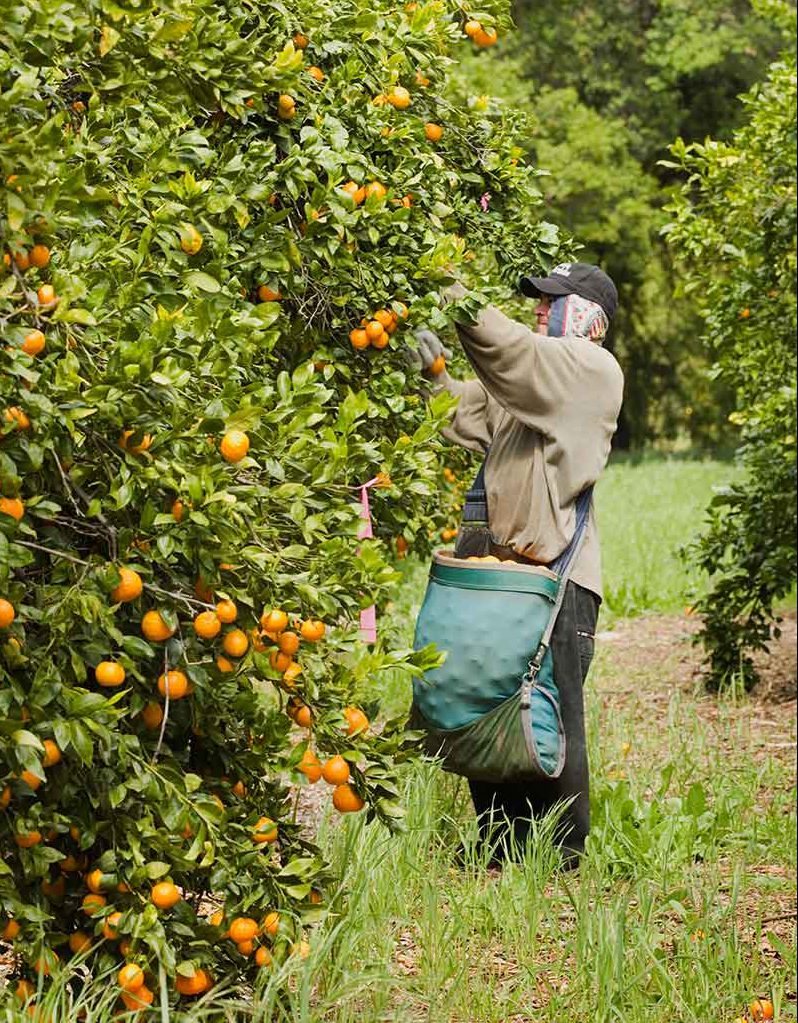
By Teresa O’Connor
As you drive north on the U.S. Highway 101 Freeway from downtown Los Angeles, you probably don’t realize those picturesque open spaces about an hour away are some of the most productive farmland in the nation.
In fact, Ventura County is the nation’s eleventh largest county in crop value, despite its close location to the country’s second most populous city. Ventura County’s agricultural sector earned an estimated gross value of more than $2 billion dollars in 2017, according to the Ventura County Crop and Livestock Report 2017. That’s despite the fact that the United States Census Bureau reported there were more than 854 thousand Ventura County residents in 2017. How do they do it?
A Little History
It helps to understand that farming has a long heritage in Ventura County. When the Mission San Buenaventura was established in 1782, livestock and crops were introduced. Grain, cattle, fruit and vegetables were brought in to support the settlement.
However, it wasn’t until the Civil War that large-scale farming began in earnest, reports the Farm Bureau of Ventura County. By 1880, there were already 573 farms with more than 81,000 tilled acres. Just 10 years later, those numbers would jump to 764 farms with more than 137,000 acres of mostly grains like wheat and barley.
By 1914, the Ventura County Farm Bureau began operating with 300 members, thanks to several legislative acts that established the nation’s land-grant colleges, agricultural field stations and the creation of the University of California Agricultural Extension Service and Farm Advisors. At that time, the top crops were walnuts, apricots, lima beans, oranges and lemons.
Today’s Ventura County Farms
More than a century later, you’ll find those crops still growing at Ventura County farms. About $259 million worth of lemons were sold in 2017, making them the number-two crop for the county. The top spot belongs to strawberries at $654 million. Celery, nursery stock, raspberries, avocados, cut flowers, tomatoes, peppers and cabbage round out the rest of top ten crops. Ventura County boasts 20 additional million-dollar crops, ranging from kale, blueberries, Asian vegetables and oranges to cucumbers, spinach and lettuce.
The Thomas Fire in December 2017 — which was the largest fire in California’s history at the time — caused more than $170 million in agricultural damages, primarily with the avocado, citrus and cattle industries. All 7,000 acres of rangeland that RA Atmore & Sons and Rancho Ventura Conservation Trust steward were impacted by the fire.
Saving Southern California Farms
The fact that Ventura County farms continue to prosper despite natural disasters, encroaching housing developments, drought conditions and global competition is impressive.
Many local residents want the farms to stay. For example, a county-wide grassroots initiative called SOAR (Save Open Space and Agricultural Resources) led to legislation that “requires a majority vote of the people in order to rezone unincorporated open space, agricultural or rural land for development,” explains its website.
Voter-approved SOAR initiatives have been passed by the cities of Camarillo, Fillmore, Moorpark, Oxnard, Santa Paula, Simi Valley, Thousand Oaks and Ventura. They were renewed in November 2016, extending their expiration date to 2050.

The California Department of Food and Agriculture is celebrating its 100th anniversary as a state agency in 2019. Throughout the year this blog will feature a number of items to commemorate this milestone. Today we continue with Centennial Reflections video series, featuring CDFA employees remembering their histories, and the agency’s.
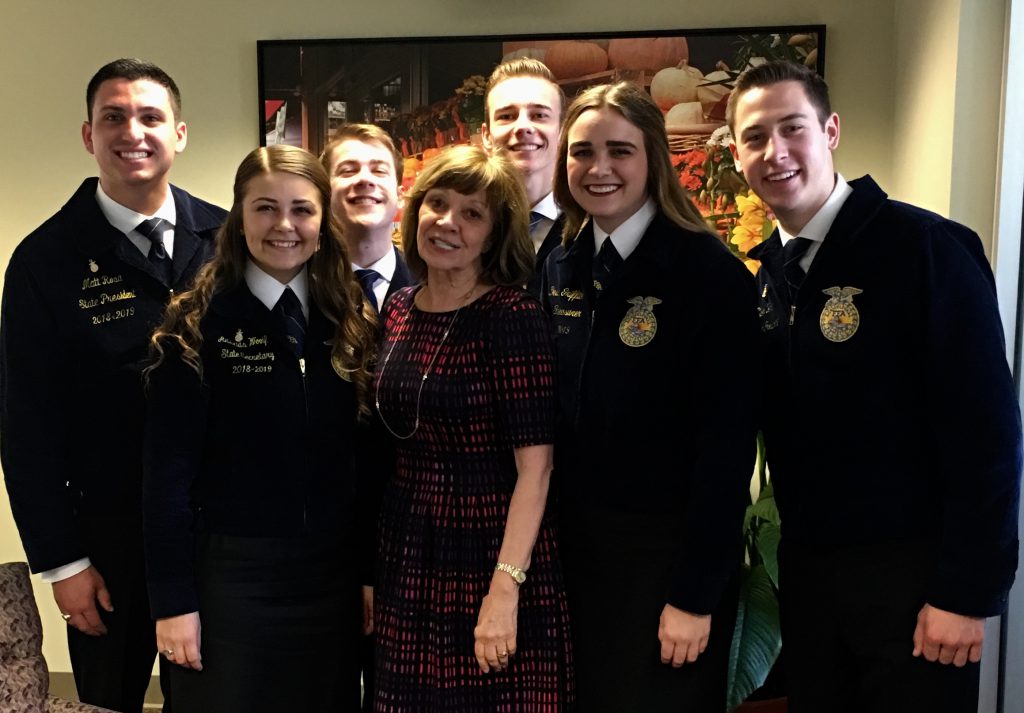

Following a referendum among producers, or divers, CDFA is announcing a continuation of the Sea Urchin Commission for the next five years.
The Commission is a California marketing program overseen by CDFA and authorized to conduct promotion and public relations, scientific research, governmental affairs, and educational activities relating to California’s sea urchin industry. These activities are funded by mandatory assessments levied upon all commercial sea urchin divers and handlers in the state.
Sea urchins are harvested in California by divers working relatively close to the coastline, generally in an area between Santa Barbara and San Diego, with some diving occurring near Fort Bragg in Northern California. Divers spend as long as eight-hours at a time underwater in search of sea urchins. Many of them have diversified into other fisheries that are similar, such as the sea cucumber and the spiny lobster.
Divers and handlers will revisit the question of whether or not to continue the Sea Urchin Commission in 2024.
CDFA oversees a total of 51 marketing programs that provide agricultural producers and handlers with an organizational structure, operating under government sanction, that allows them to solve production and marketing problems collectively that they could not address individually.


News Release from the California State Fair
In celebrating the tradition and innovation of the State’s number one industry, agriculture, the California State Fair Board of Directors, upon the recommendation of the Agricultural Advisory Council, selects Karen Ross, Secretary of the California Department of Food and Agriculture (CDFA) as Agriculturalist of the Year.
The Agriculturalist of the Year award is presented to an individual who has contributed extensively, in a professional capacity, to California’s agricultural industry. Award criteria stipulates this individual must have demonstrated leadership and clearly represented the industry over a number of years in one or more of the following areas: finance, government, production agriculture, education, labor, research, communications, trade and public service. Through her passion and advocacy for farmers and ranchers, Secretary Ross is held in high regards by industry leaders and her peers
Secretary Ross: “There is a wealth of education and real-world experience to be learned on a farm, like the one where I grew up. Every day is a reminder of that when I meet with farmers and ranchers, speak to a group of FFA and 4-H students, or attend a fair. I count myself fortunate to have lived this experience, as so many past recipients of this award have done – and that list is humbling. One of the greatest blessings in my life is to serve the people of California and its great innovators: our farmers and ranchers – the stewards of our land. It is a true labor of love and I am honored and grateful to the California State Fair Board for this recognition.”
Initially appointed as Secretary of the California Department of Food and Agriculture in 2011 by former Governor Edmund G. Brown, Jr., Ross was re-appointed on January 9, 2019 by Governor Gavin Newsom. Governor Newsom cited her unmatched leadership experience in agricultural issues nationally, internationally, and here in California; including environmental stewardship, climate change adaptation, and trade.
During Secretary Ross’ tenure, the Department has focused on core functions to protect and promote California agriculture, investing in the Department’s employees to provide the best service to farmers, ranchers and consumers and fostering an agricultural industry that embraces its role as a global leader on everything from the most technical aspects of farming to the broadest environmental imperatives.
Secretary Ross has strengthened partnerships across government, academia and the non-profit sector in the drive to maintain and improve environmental stewardship and to develop adaptation strategies for the specific impacts of climate change. She has initiated programs to provide greater opportunities for farmers and ranchers to engage in sustainable environmental stewardship practices through water conservation, energy efficiency, nutrient management, and ecosystem services; and she has worked to provide greater access to farm-fresh foods at school cafeterias through CDFA’s Farm to Fork Program. Secretary Ross is passionate about fostering the reconnection of consumers to the land and the people who produce their food, and improving the access of all California citizens to healthy, nutritious California-grown agricultural products, celebrated for their diversity and abundance in serving local, national and global markets.
Secretary Ross grew up as a 4-H kid on a farm in western Nebraska. She and her husband, Barry, own 800 acres of the family farm where her younger brother, a fourth-generation farmer, grows no-till wheat and feed grains, incorporating cover crops and rotational grazing for beef production. The Secretary has a Bachelor of Arts degree from the University of Nebraska-Lincoln and is a graduate of the Nebraska Ag Leadership Program. She has served on numerous boards and committees in California agriculture and with various academic institutions.
Secretary Ross will be publically recognized at the California Agriculture Day on the west steps of the State Capitol on Wednesday, March 20, 2019. She will formally be honored at the California State Fair Gala benefitting the youth scholarship programs of the Friends of the California State Fair on Thursday, June 27, 2019.
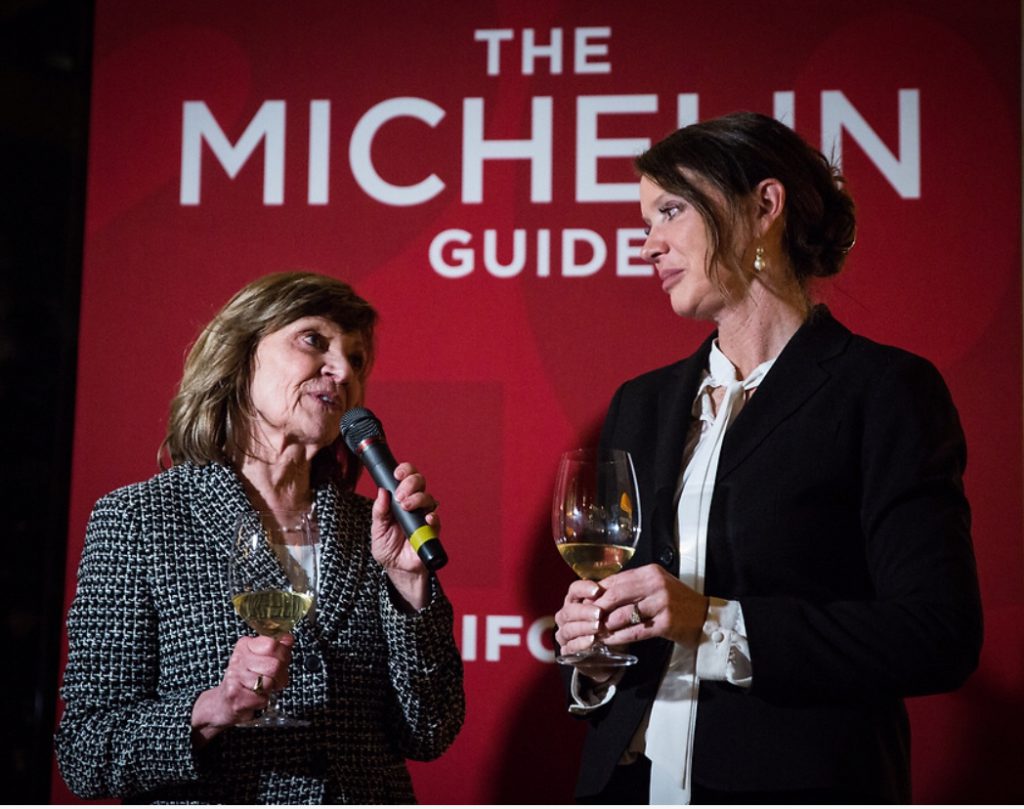

Op-ed in Sacramento Bee by Secretary Ross and Caroline Beteta
California cuisine has long embodied the state’s spirit of discovery and unrivaled agricultural foundation.
A bounty of fresh ingredients has fused with creative inspiration from diverse sources to make the Golden State a global food destination.
And now California — from its proud and industrious culinary community to millions of adventurous diners — can celebrate recognition as the first state to receive its own Michelin Guide.
California’s groundbreaking partnership with Michelin will expand and elevate the global profile of the state as a food destination, bestowing world-class status on hundreds of restaurants in the prestigious series of books, from three-star establishments to local favorites awarded the “inspector recommended” designations, Plates and Bib Gourmands.
Food trends, cooking techniques and dining scenes come and go, but for more than a century, the Michelin Guide has held firm on its founding mission — to foster a culture of travel and eating out. It’s this promise of helping people find those hidden gems that puts the Michelin Guide above all others.
Farm-to-table cuisine is ingrained into local lifestyles across the state. It also is becoming a growing attraction for visitors – one of the reasons California is the top visitor destination in the United States. Tourism generated $132 billion in traveler spending and supports more than 1.1 million jobs for California workers.
One study showed as many as one-quarter of potential visitors may choose California as their destination because of culinary opportunities here. And dining is consistently the top experience travelers spend on — with food and beverage purveyors seeing $35.9 billion in travel-related revenue in 2017.
Sacramento will certainly benefit from Michelin’s decision to publish a California guide. The capital city has long been seen as a culinary leader by residents and visitors. As Visit Sacramento CEO Mike Testa said at Tuesday’s announcement, the credibility that Michelin brings will further cement the region’s identity as a culinary powerhouse.
The Michelin Guide’s emergence in California underscores the importance of the state’s world-renowned agriculture industry and its impact on our Michelin star-worthy restaurants.
California is home to 76,400 farms and ranches. Our state generates at least $100 billion in agricultural-related economic activity. It’s a powerhouse thanks to a year-round growing season, ideal climate and a mouth-watering abundance of crops.
Each diverse region contributes its own specialty to the state’s bounty, whether it be Napa and Sonoma’s vineyards, Butte County’s almond orchards, Fallbrook’s avocados or Gilroy’s garlic. These are just a few of the distinct offerings in which California’s communities take pride, and they represent only a fraction of our agricultural output.
The Golden State has always been an icon of endless possibilities. Food is no exception. Fostering the reconnection of consumers to the land and the people who produce their food — and improving access to California-grown agricultural products while also sharing it with the world — is what makes California special.
Receiving a Michelin star is the highest honor bestowed on a restaurant. Receiving an entire guidebook is an honor that speaks volumes for the Golden State’s agricultural and culinary prowess.
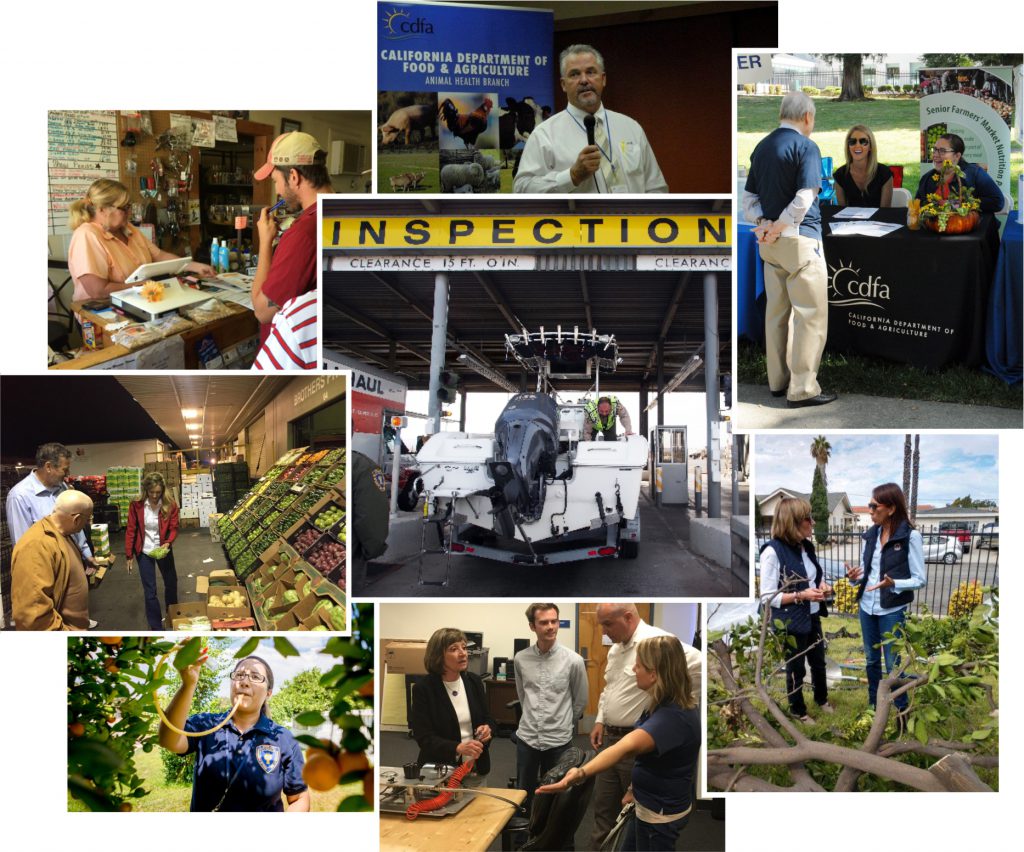
I had a nice breakfast today. Covered all of my food groups. It was fresh and tasty – which is pretty easy to do in California, even when we’re just emerging from winter. And I thought, as I often do when I’m eating a quiet meal, about the many farmers and ranchers, skilled workers and other professionals whose work makes these meals possible.
Having now spent eight years as California’s agriculture secretary, my next thoughts naturally tend to the people here at CDFA and in other public service capacities who support what our agricultural community does. It’s such an important role – ensuring food safety and quality, making sure supplies are steady and reliable, enabling and encouraging innovation that makes us safer and more efficient, less wasteful, more sustainable.
Throughout the year, there are several greeting-card-inspired occasions that provide opportunities for various industries and employers to express their appreciation to workers. One of these “employee appreciation days” was just last week, and supervisors and managers in our office took part in the occasion by bringing baked goods to the morning meeting, or by taking staff to lunch or providing coffee or snacks.
It strikes me how often these “thank-yous” include food and drink, regardless of the person, office or industry doing the thanking. It’s quite a compliment to our growers, and to our public servants who support them, that the product of our labor is so widely considered a gift and so often placed at the center of a celebration.
I hope my staff at CDFA understand how much I appreciate what they do to support the industry that I love and the community that raised me. I hope as well that our growers understand how hard we work to help them.
Each time a consumer (like me) sits down to a safe, nutritious, flavorful, fresh meal, that’s “employee appreciation day” around here.